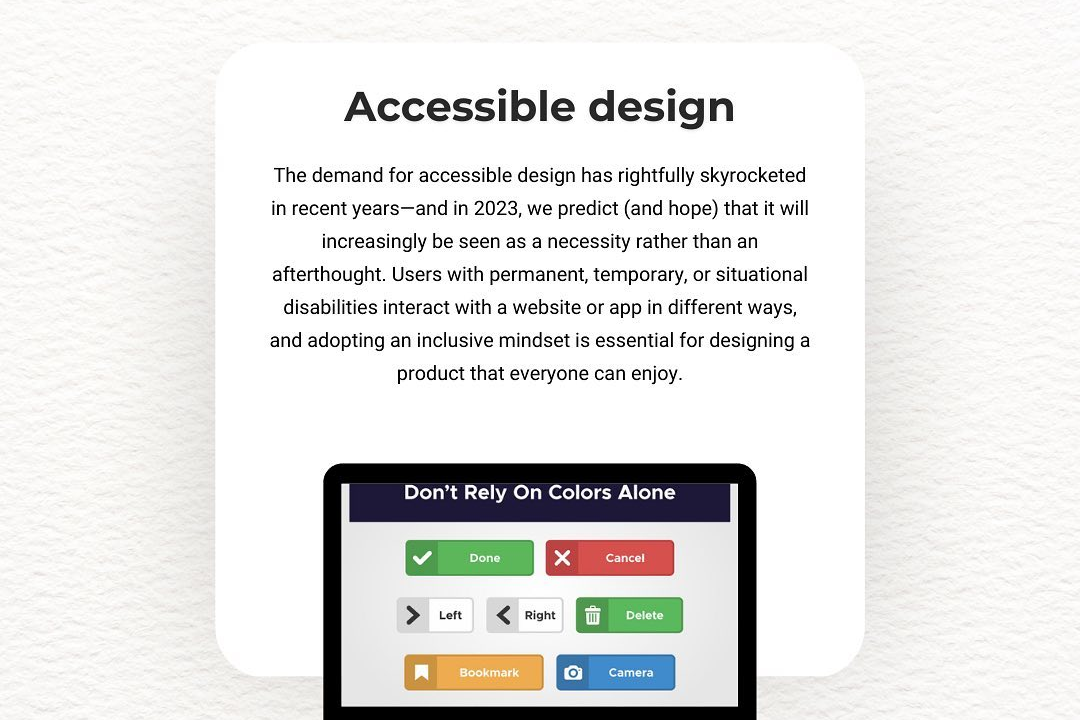How to Call API Using PHP Program
Calling an API using PHP involves sending HTTP requests to a specified endpoint to retrieve or send
How to Call API Using PHP Program
Calling an API using PHP allows developers to integrate external data and services into their applications, enabling dynamic and real-time functionality such as fetching updates, processing payments, or accessing third-party resources. Using PHP to make API calls simplifies automation and enhances user experience by providing seamless data exchange between your website or application and external systems. This capability is essential for building interactive, data-driven platforms that can communicate with various services, extend functionality, and stay updated with real-time information.
To Download Our Brochure: https://www.justacademy.co/download-brochure-for-free
Message us for more information: +91 9987184296
Calling an API using PHP allows developers to integrate external data and services into their applications, enabling dynamic and real time functionality such as fetching updates, processing payments, or accessing third party resources. Using PHP to make API calls simplifies automation and enhances user experience by providing seamless data exchange between your website or application and external systems. This capability is essential for building interactive, data driven platforms that can communicate with various services, extend functionality, and stay updated with real time information.
Course Overview
Learn to harness PHP for seamless API integration, enabling you to fetch, send, and handle real-time data efficiently within your applications.
Course Description
Learn how to call and integrate APIs using PHP in this practical course. Master techniques to send requests, handle responses, and connect with third-party services effortlessly for dynamic web applications.
Key Features
1 - Comprehensive Tool Coverage: Provides hands-on training with a range of industry-standard testing tools, including Selenium, JIRA, LoadRunner, and TestRail.
2) Practical Exercises: Features real-world exercises and case studies to apply tools in various testing scenarios.
3) Interactive Learning: Includes interactive sessions with industry experts for personalized feedback and guidance.
4) Detailed Tutorials: Offers extensive tutorials and documentation on tool functionalities and best practices.
5) Advanced Techniques: Covers both fundamental and advanced techniques for using testing tools effectively.
6) Data Visualization: Integrates tools for visualizing test metrics and results, enhancing data interpretation and decision-making.
7) Tool Integration: Teaches how to integrate testing tools into the software development lifecycle for streamlined workflows.
8) Project-Based Learning: Focuses on project-based learning to build practical skills and create a portfolio of completed tasks.
9) Career Support: Provides resources and support for applying learned skills to real-world job scenarios, including resume building and interview preparation.
10) Up-to-Date Content: Ensures that course materials reflect the latest industry standards and tool updates.
Benefits of taking our course
Functional Tools
1 - cURL (Client URL Library): cURL is a powerful command line tool and PHP extension used to send HTTP requests to APIs. It allows students to perform GET, POST, PUT, DELETE, and other request types with customizable headers, data payloads, and authentication methods. Learning cURL helps students understand the fundamentals of making network requests, handling responses, and troubleshooting connection issues, which are essential skills for API integration. Its versatility makes it a go to tool for interacting with various web services, ensuring students can implement real world API calls efficiently within PHP scripts.
2) Guzzle HTTP Client: Guzzle is a popular PHP HTTP client designed to simplify sending HTTP requests and processing responses. It provides an intuitive interface, supports asynchronous requests, automatic handling of request retries, and customizable middleware. Students using Guzzle gain experience in building more maintainable and scalable API integration solutions, especially for complex projects requiring multiple concurrent requests. Its integration with PHP frameworks streamlines development workflows, making it an indispensable tool for professional API communication.
3) PHP's Native File and Stream Functions: PHP offers built in functions like file_get_contents() and stream_context_create() that allow making simple HTTP requests without additional libraries. These functions are suitable for straightforward API calls when minimal configuration is needed. Students learn to utilize these native features for lightweight integrations and understand the underlying mechanisms of HTTP communication. Mastery of PHP's core functions provides a strong foundation for more advanced API handling with external libraries like cURL or Guzzle.
4) Postman (for testing API calls): Postman is a widely used API testing tool that enables students to craft and test various HTTP requests visually before implementing them in code. This tool helps in understanding request structures, headers, query parameters, and authentication protocols. Using Postman during training helps students verify API endpoints, diagnose issues, and design request payloads, ensuring smoother code implementation and reducing debugging time in PHP scripts.
5) Integrated Development Environment (IDE) with PHP Support: Tools like PHPStorm, Visual Studio Code, or Sublime Text offer features such as syntax highlighting, code completion, debugging, and plugin integration. An efficient IDE facilitates quick writing, testing, and debugging of PHP scripts that perform API calls. Students become more productive and comfortable managing complex codebases, which is crucial when dealing with multiple API endpoints, error handling, and secure credential management.
6) API Documentation Tools: Tools like Swagger or API Blueprint are used for generating and understanding API documentation. Learning to interpret API docs is key to correctly forming requests, understanding response structures, and utilizing available endpoints effectively. Incorporating documentation tools into training ensures students can work with any API service confidently, even those with extensive or complex schemas.
7) HTTP Client Libraries Beyond Guzzle: Other libraries such as Buzz or Requests for PHP offer alternative approaches to making HTTP requests. Students explore these options to compare functionalities, performance, and ease of use, thereby selecting the best suited tools for specific project needs. Exposure to multiple libraries enables flexible development and helps in understanding different design patterns in API integrations.
8) Command line Tools and Shell Scripts: For automation and testing, students learn to use CLI tools like wget or curl commands directly within terminal environments. These tools can be integrated into scripts to automate repetitive API testing or data fetching tasks. Understanding command line tools enhances students’ capability to perform system level operations related to API data retrieval and processing in real world scenarios.
9) Version Control Systems (like Git): Version control tools help manage changes in PHP codebases that include API integration scripts. Learning to use Git ensures students can collaborate effectively, track modifications, and revert to previous states if needed. Proper version control practices are essential for maintaining API related projects, especially when working with multiple developers or deploying applications in production environments.
10) Testing Frameworks and Mock Servers: Tools like PHPUnit for testing PHP code and Mock APIs like Beeceptor or Mockoon allow students to simulate API responses during development. These tools help in testing various scenarios, handling error responses, and validating request handling logic without relying on live API endpoints. Mastering test environments enhances code robustness and prepares students for integration in complex system architectures.
11 - PHP cURL Wrapper Libraries: Libraries like PHP HTTP or Requests provide a simplified interface over PHP’s native cURL functions, making it easier for students to perform API requests with minimal code. These wrappers often include additional features such as automatic JSON decoding, error handling, and request chaining, which streamline API integration in PHP projects. Gaining proficiency with these libraries helps students develop clean, maintainable code for real world application development.
12) Authentication and Authorization Techniques: Understanding API security mechanisms such as OAuth 2.0, API keys, JWT tokens, and Basic Authentication is crucial. Students learn to implement secure API calls, manage tokens, and handle refresh workflows within PHP. Mastering these techniques ensures they can interact with protected APIs and build secure applications, adhering to best practices in API security.
13) JSON and XML Parsing in PHP: Since most APIs return data in JSON or XML formats, students learn to parse, manipulate, and validate these data structures within PHP. Skills include decoding JSON responses with json_decode(), handling XML with SimpleXML or DOMDocument, and converting data formats as needed. This knowledge is vital for processing API data and integrating it into dynamic web applications.
14) Error Handling and Retry Logic: Effective API integration requires robust handling of errors such as timeouts, 4xx/5xx responses, and connection issues. Students learn to implement retry mechanisms, exponential backoff strategies, and detailed logging in PHP scripts. These practices improve application resilience and ensure reliable data fetching from APIs under various conditions.
15) API Rate Limiting and Throttling Management: Many APIs impose usage limits to prevent abuse. Students learn to track rate limits via response headers, implement request queuing, and design adaptive request strategies to stay within allowed quotas. Managing rate limits effectively prevents API interruptions and maintains application stability.
16) Data Caching Strategies: To optimize performance and reduce redundant API calls, students explore caching techniques such as in memory caching with Redis or Memcached, or file based caching within PHP. Learning when and how to cache API responses enhances application speed and reduces server load, especially useful in high traffic environments.
17) Securing API Credentials: Protecting sensitive API credentials like API keys, secrets, and tokens is mandatory. Students learn best practices such as environment variable usage, secure storage, encryption, and avoiding hardcoded credentials in code. Proper security measures safeguard applications against leaks and unauthorized access.
18) Asynchronous API Requests: For performance critical applications, students study techniques for sending multiple API requests asynchronously using Guzzle’s promises or other PHP concurrency libraries. Asynchronous calls enable faster data retrieval and better resource utilization, which is valuable in scenarios such as aggregating data from multiple sources.
19) Building API Clients in PHP: Instead of directly calling APIs scattered across codebases, students learn to develop reusable API client classes or libraries. This encapsulation promotes code reuse, simplifies maintenance, and provides a clean interface for interacting with APIs, streamlining large projects.
20) Deployment and Monitoring of API Driven Applications: Students gain experience deploying PHP applications that rely on APIs in cloud or server environments. They also learn to monitor API interactions, measure response times, and track errors in production using tools like New Relic or custom logging. This ensures reliable and efficient operation of API dependent systems.
21 - Practice with Real Time Data Streaming APIs: Advanced courses introduce handling real time data feeds via WebSockets, Server Sent Events, or Streaming APIs. Students learn to process continuous data streams, manage event driven architectures, and build applications such as live dashboards or chat systems.
22) Internationalization and Localization in API Calls: When working with global APIs or multi language data, students learn to handle character encodings, format localization, and cultural differences in data formats. This knowledge ensures the development of globally compatible applications.
23) Integration with Frontend Applications: Students explore connecting PHP API services with frontend frameworks like React, Angular, or Vue.js. Understanding how backend API data is consumed on the client side broadens their skills in full stack development and API driven architecture.
24) Understanding RESTful and GraphQL APIs: Training includes differentiating between REST and GraphQL protocols, their request and response patterns, and suitable use cases. Students learn to consume both types efficiently with PHP, keeping their skills adaptable to evolving API standards.
25) API Versioning and Compatibility Management: As APIs evolve, maintaining backward compatibility is essential. Students learn strategies for managing multiple API versions, handling deprecated endpoints, and designing flexible request structures to adapt to API updates smoothly.
These additional points enhance the breadth and depth of understanding for students learning to integrate APIs with PHP, equipping them with practical skills for real world application development.
Browse our course links : https://www.justacademy.co/all-courses
To Join our FREE DEMO Session:
This information is sourced from JustAcademy
Contact Info:
Roshan Chaturvedi
Message us on Whatsapp:
Email id: info@justacademy.co












